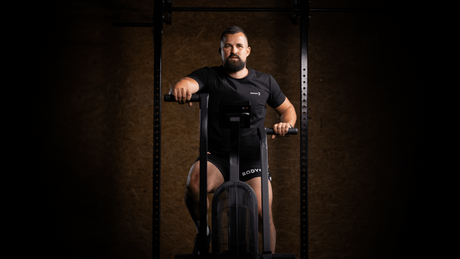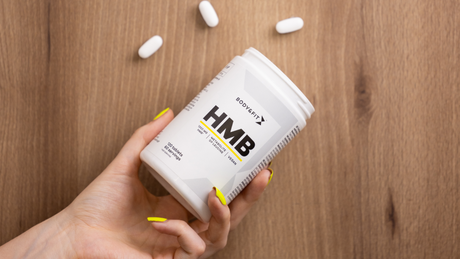You see them everywhere: big pots labelled 'WHEY'. The powder is considered the crème de la crème of proteins. But what exactly IS whey and what makes this particular protein source so popular?
Whey is a by-product of cheese production. To make cheese, milk is curdled and this releases whey. When the water is extracted from the whey liquid it turns into powder. After drying, flavours and sweeteners can be added to improve the taste and make the powder more soluble. Considered the best protein powder out there, whey is a ‘complete’ protein in powder form – in other words, a gift for athletes. Mix it with water or milk and you get an instant protein shake.
But it’s not quite as simple as that. There are different kinds of whey: whey concentrate, whey isolate and whey hydrolyzate are the best known. Let’s break them down…
Of the three, concentrate is the most commonly bought form of whey. It contains up to 80% protein, with the remainder consisting of carbohydrates, fats and fibre.
When you purify concentrate, an even purer form of whey is created: isolate, with over 85% protein. Another benefit from the purification process is isolate has less carbs (including lactose), fats and fibre.
Hydrolyzate is the purest version of whey. It’s additionally processed by enzymes and can be absorbed directly by the intestines. This makes it a great choice if you are lactose-intolerant.
We know what you’re thinking: "Why is concentrate the most popular if you can also get the more protein-rich isolate or hydrolyzate?" Put simply: flavour and solubility. Concentrate tastes nicer, plus the powder dissolves better, making your shake easier to drink. If your priority is getting a higher protein percentage or better absorption, isolate and hydrolyzate are more suitable. They contain the least carbs and fats, so are ideal if you’re following a diet.
Is whey really necessary?
Resistance training such as strength training, CrossFit, cycling and swimming cause small tears in muscles. These cause muscle pain. Protein is vital to repair these tears and strengthen muscles.
Athletes need about 1.7 grams of protein per kilogram of body weight daily for optimal muscle recovery. For example, a person weighing 80kgs should eat about 130 to 140 grams of protein per day. That would be 20 eggs, 600 grams of chicken, 700 grams of nuts or 2000 grams of curd cheese.
The great thing about whey is you can boost your protein intake more efficiently than with food. A shake with water contains an average of 22 grams of protein per dose and only about 120 calories. For comparison: three boiled eggs have an average of 22 grams of protein and 230 calories. So as well as being convenient, the relatively low amount of calories is also an advantage of a whey protein shake.
How much whey do I need?
Start with food as the basis and use supplements like whey as an addition (important to remember).
If you know how much protein you get in a day through your diet, you also know how much protein you still need to supplement by eating more food – or by taking whey .
Did you know…
- One gram of protein only has 4 kcal, while fat contains 9 kcal.
- Vegans should avoid whey because of its animal origin.



